5985000627013
Price Quote Get an up to date pricing and availability quote for this product. Order online or over the phone.
Quality Commitment
Serving our customers with quality and safety first.
- AS9120 Certified
- Audited supply chain
- ITAR Registered
- DDTC Registered
- HAZMAT Certified
- Customer service objectives
- Every product 100% inspected

5985-00-062-7013 Specification Set by the OEM (see RNCC code 3)
rectangular
2.500in. ⁓2-1/2"
2.890in.
1.000in.
0.0 gigahertz 1st frequency voltage standing wave ratio and 3.0 gigahertz 1st frequency voltage standing wave RATIO0.0 gigahertz 1st frequency insertion loss reference and 7.0 gigahertz 1st frequency insertion loss REFERENCE3.0 gigahertz 2nd frequency voltage standing wave ratio and 8.0 gigahertz 2nd frequency voltage standing wave RATIO7.0 gigahertz 2nd frequency insertion loss reference and 11.0 gigahertz 2nd frequency insertion loss REFERENCE8.0 gigahertz 3rd frequency voltage standing wave ratio and 12.4 gigahertz 3rd frequency voltage standing wave RATIO0.0 gigahertz single frequency operating and 12.4 gigahertz single frequency OPERATING0.0 gigahertz single frequency rf power handling and 12.4 gigahertz single frequency rf power HANDLING0.0 gigahertz single frequency crosstalk reference and 12.4 gigahertz single frequency crosstalk reference
0.180in.
transfer
2.390in. single mounting facility pattern
1.50 3rd
0.50 2nd
sma
female
30.0 watts average single
60.0 single
relay
0.5 dc
22.0 and 30.0
makes before breaks
20.0 milliseconds
500.0 volts rms
3
2 unthreaded hole
two position IN-Line single mounting facility pattern
metal body
enamel body outside surfaces
2 tab, solder lug and 3 receptacle, coaxial
Cross Reference Parts Part numbers that meet the specification outlined on this page and set by the OEM
Identification Item Identification Guide (IIG) and Item Name Code (INC)
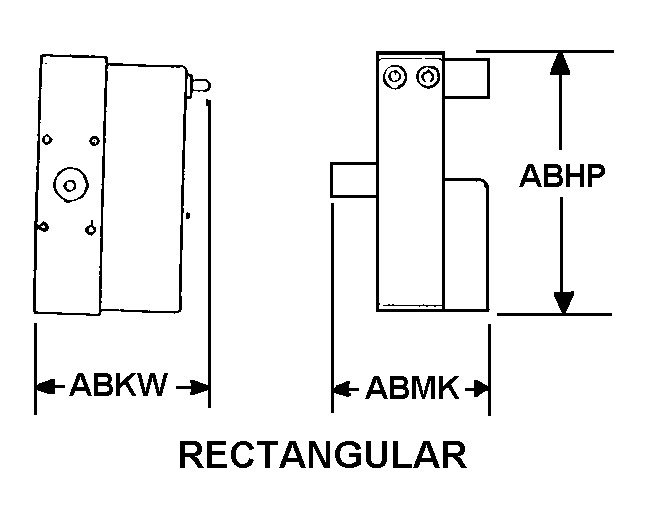
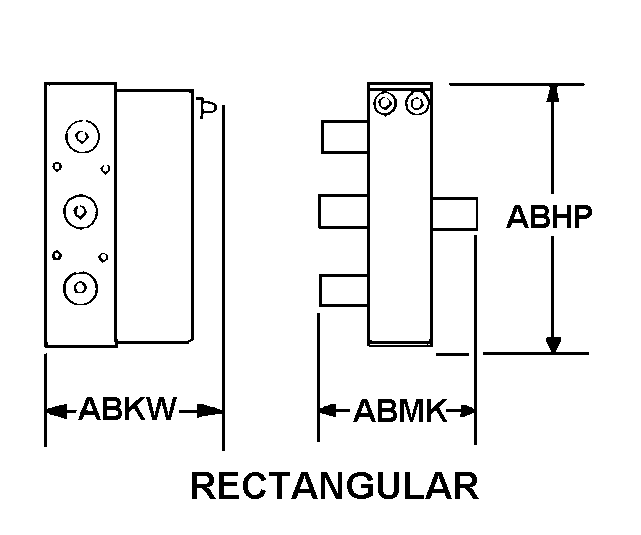
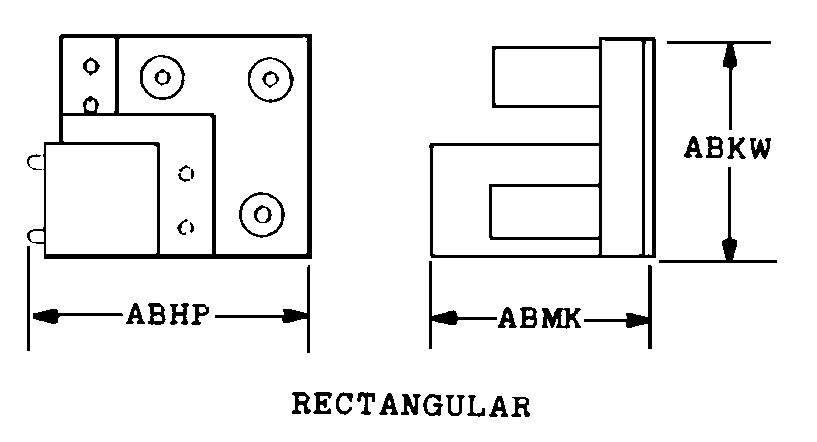
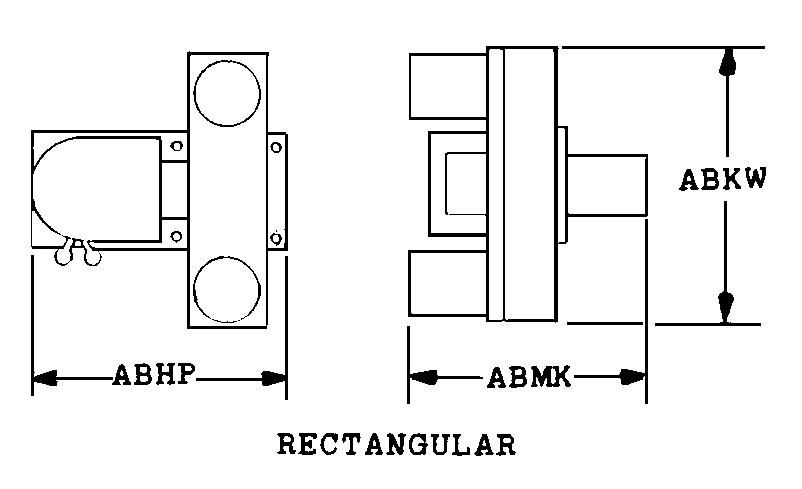
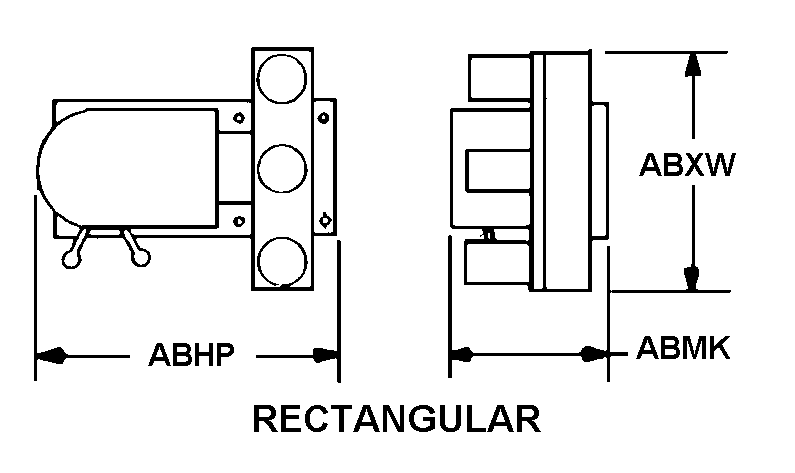


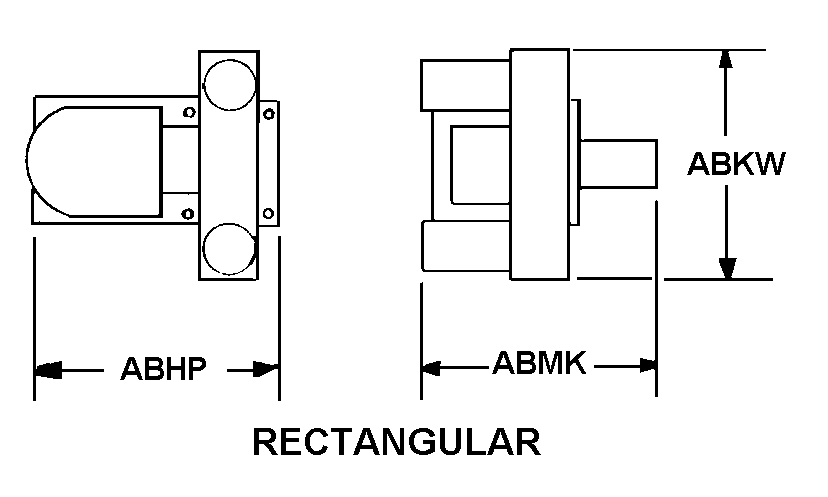
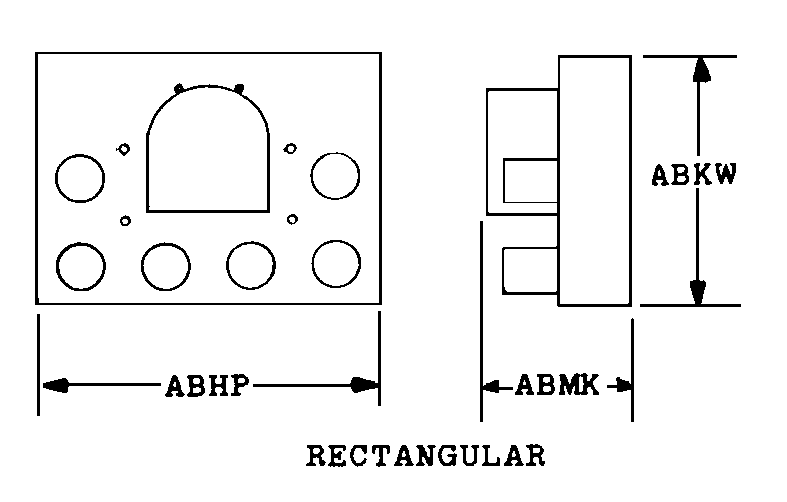
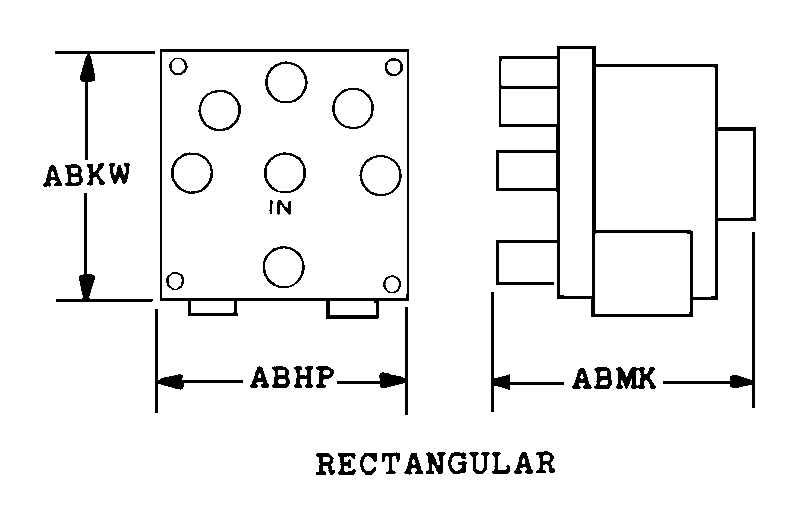
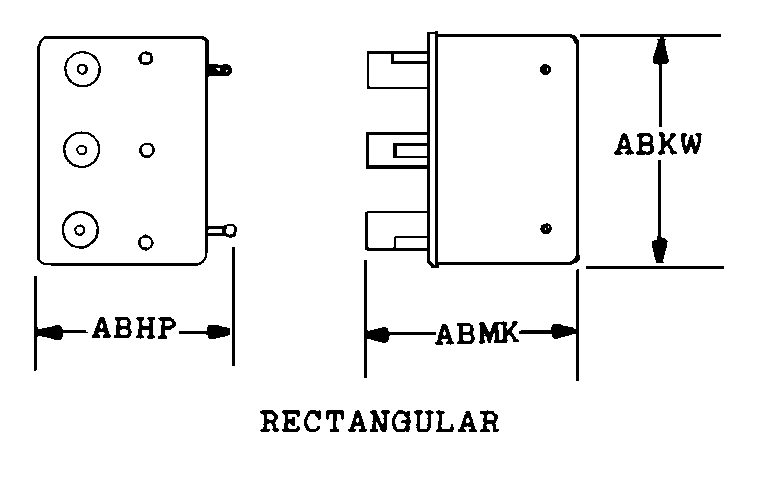


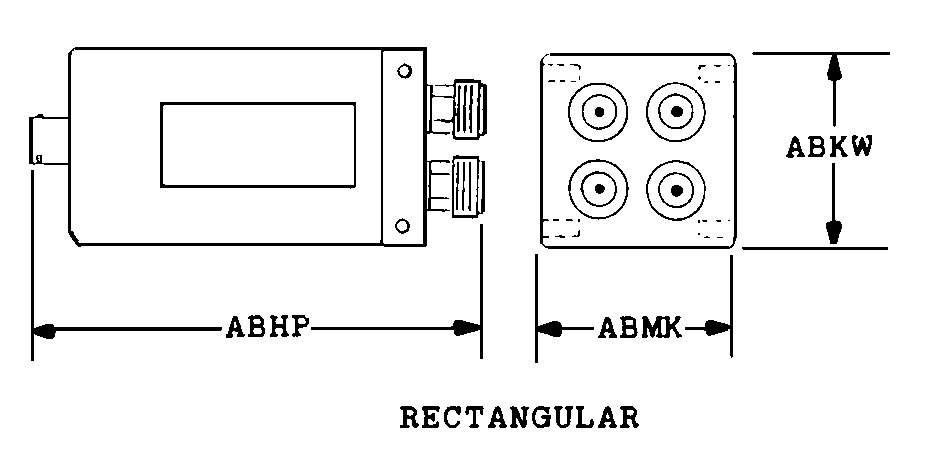
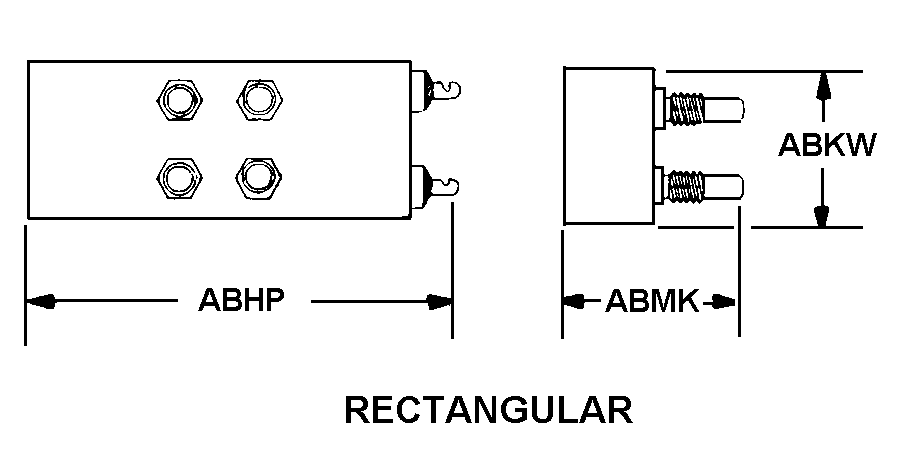
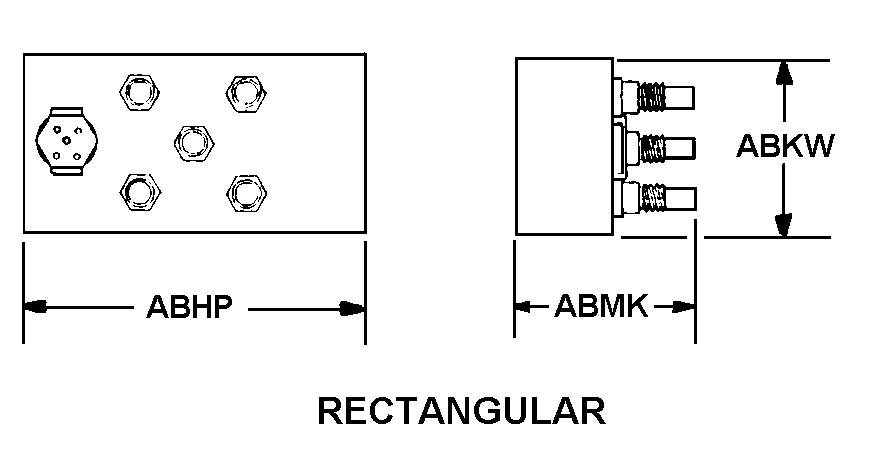

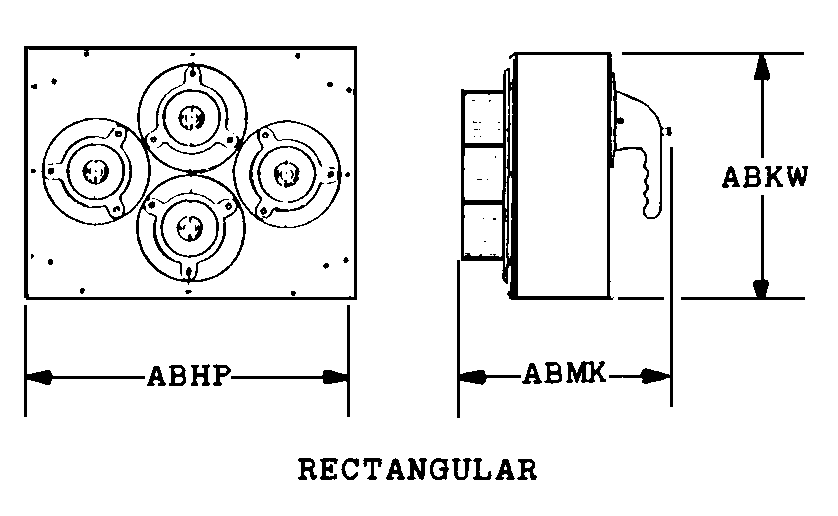

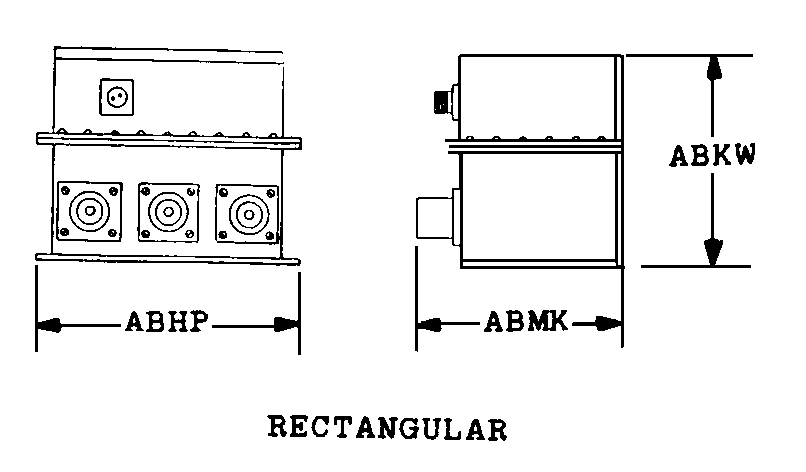
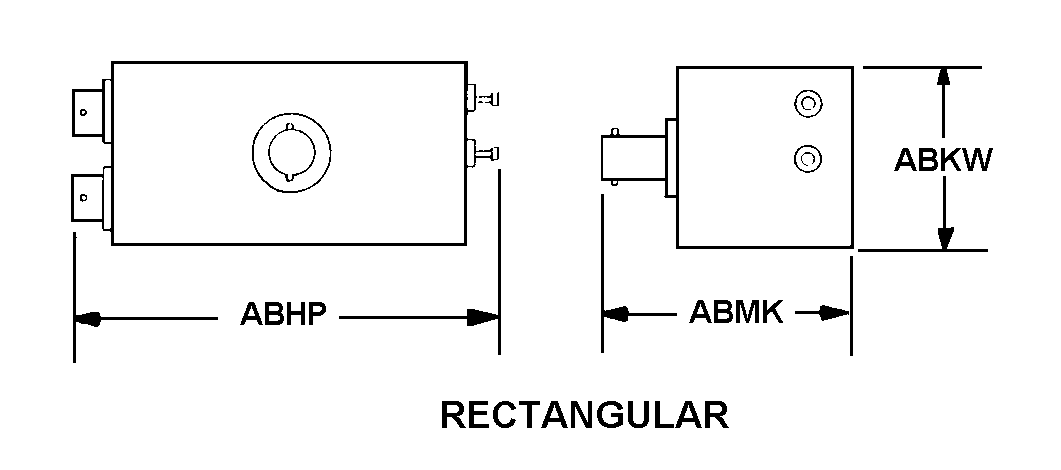
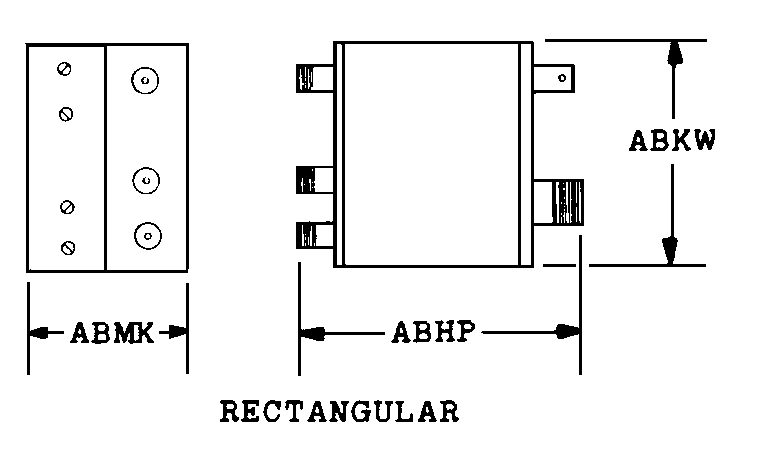
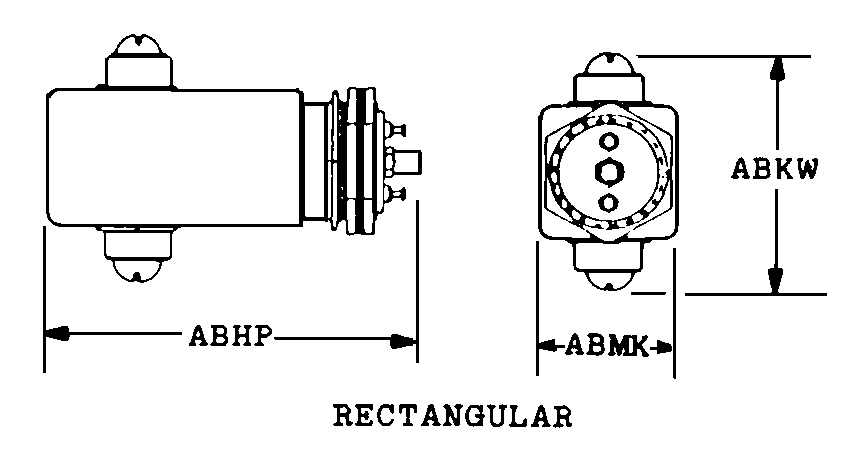
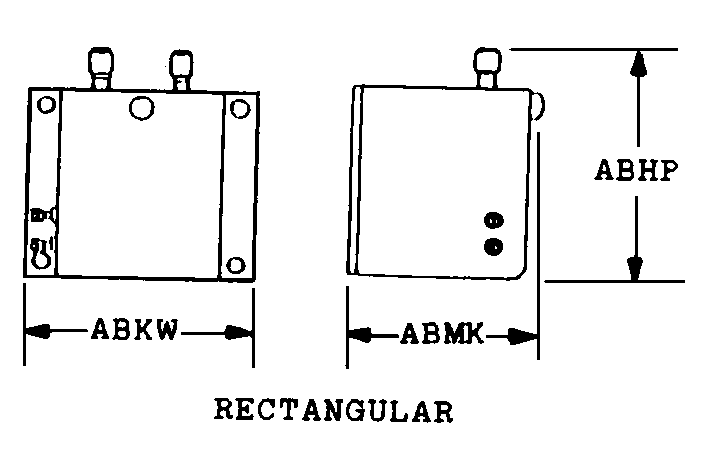
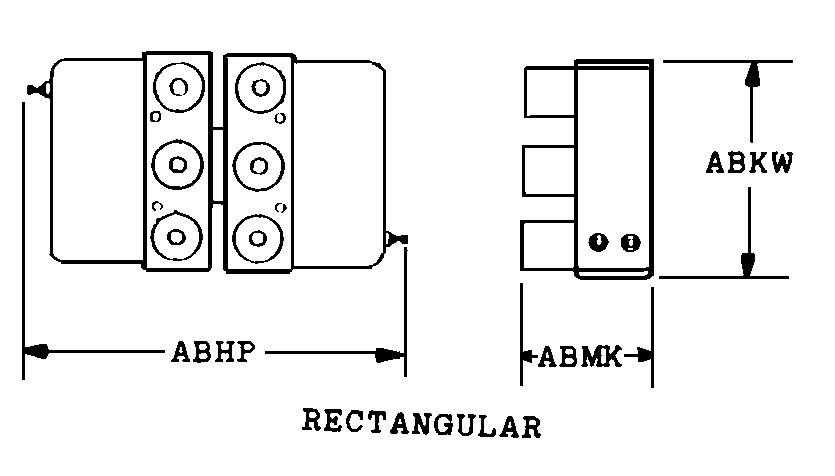
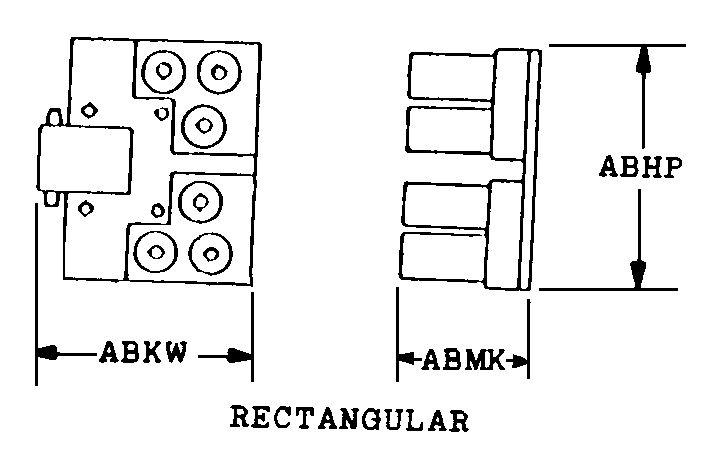
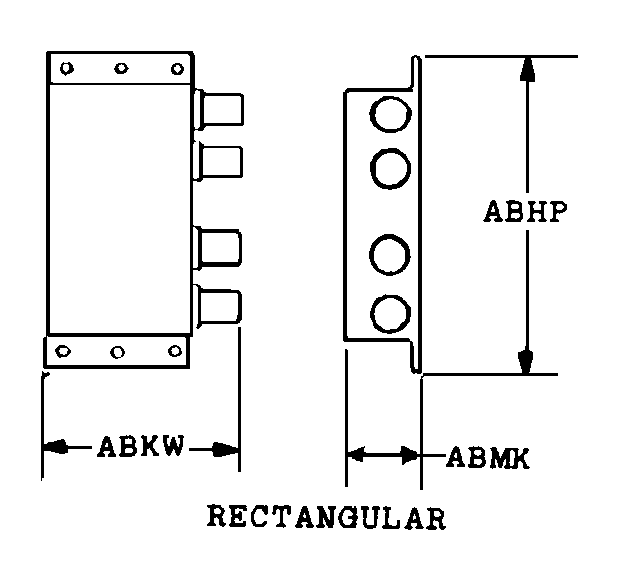

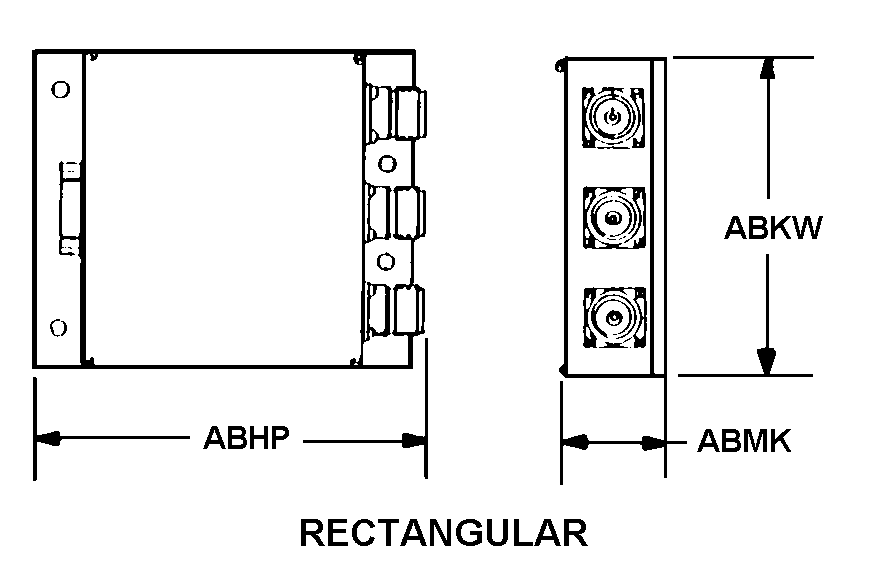

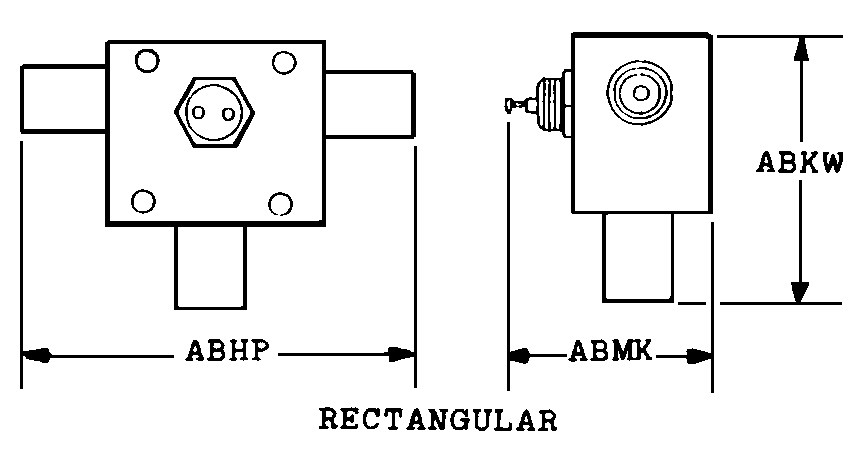
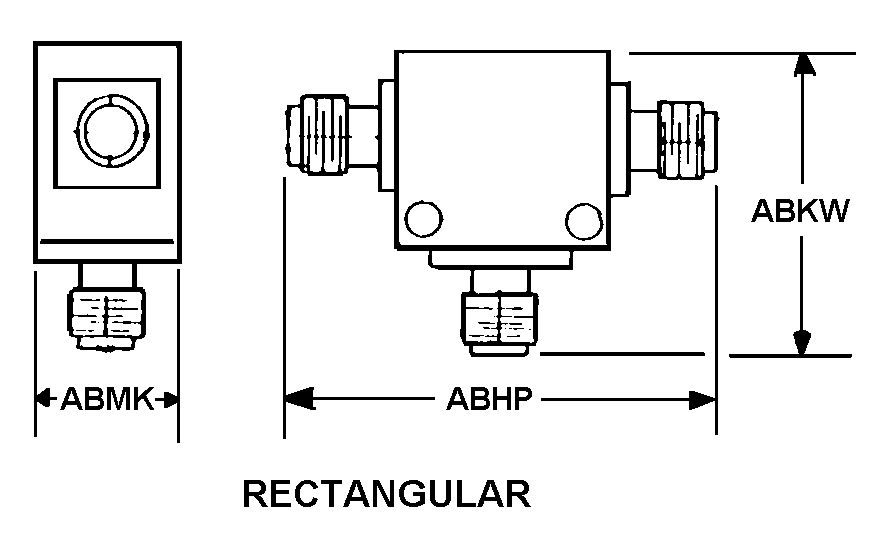
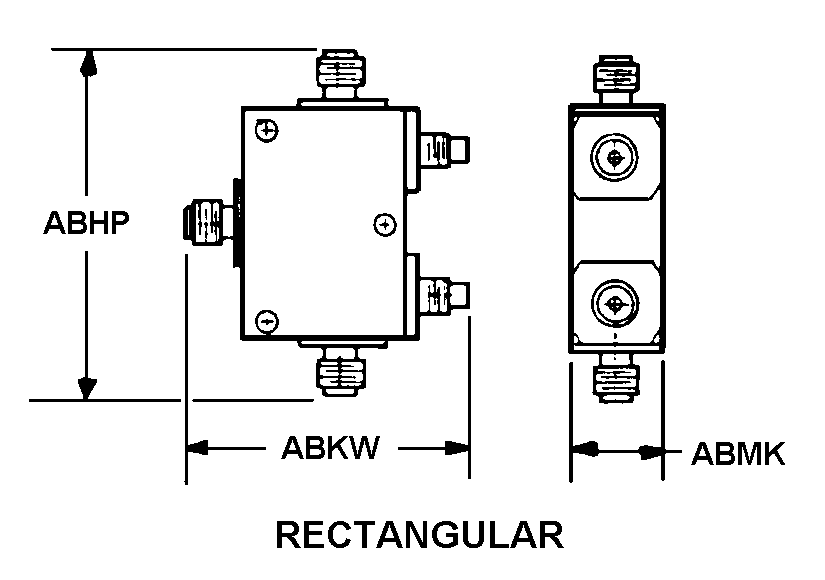
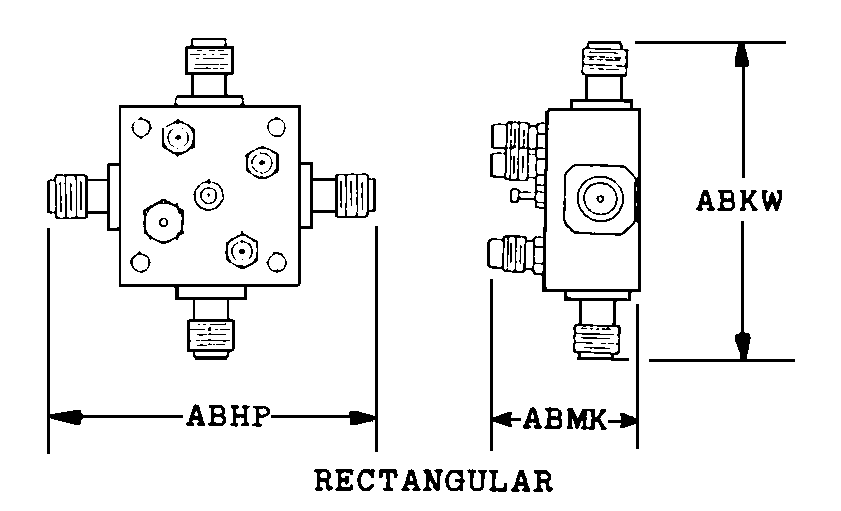
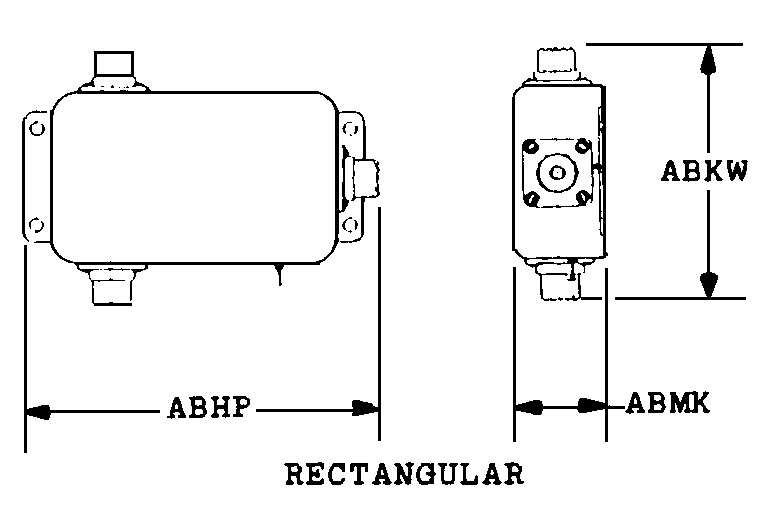
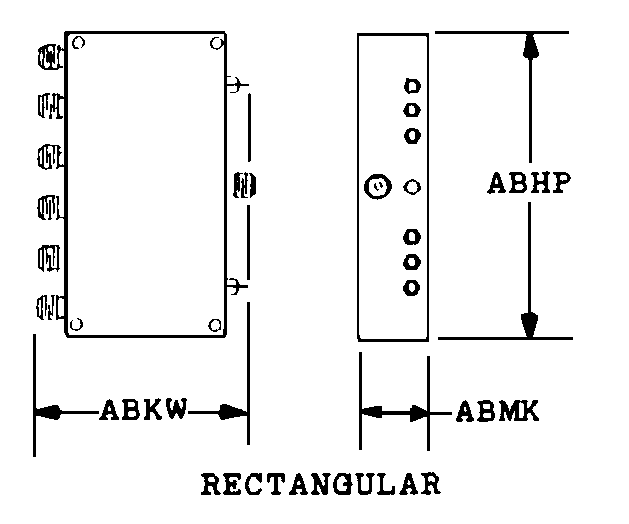
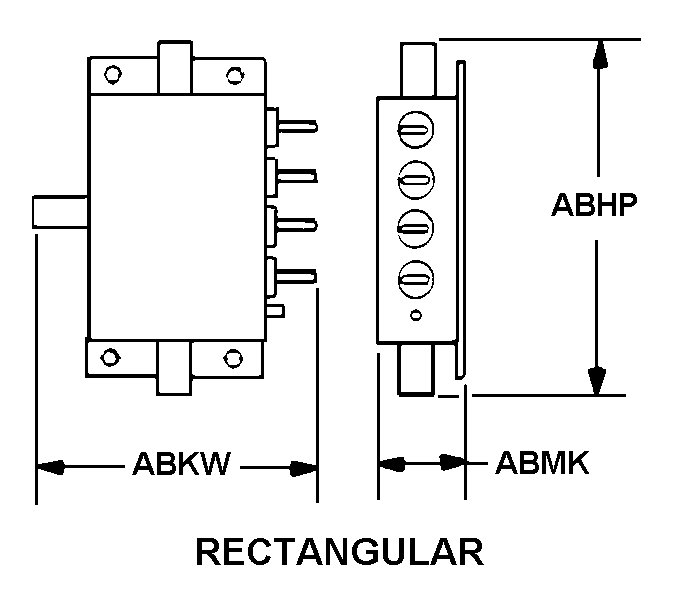
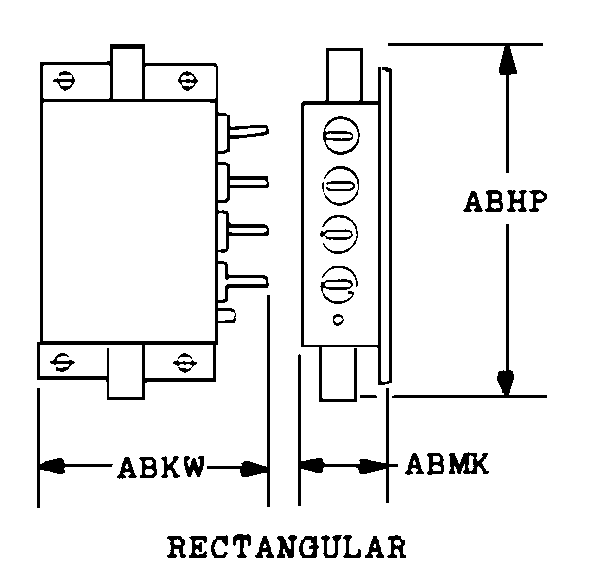
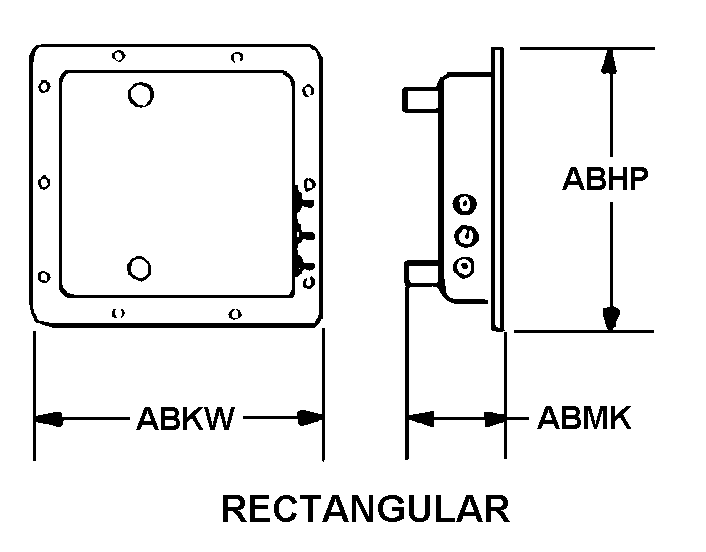

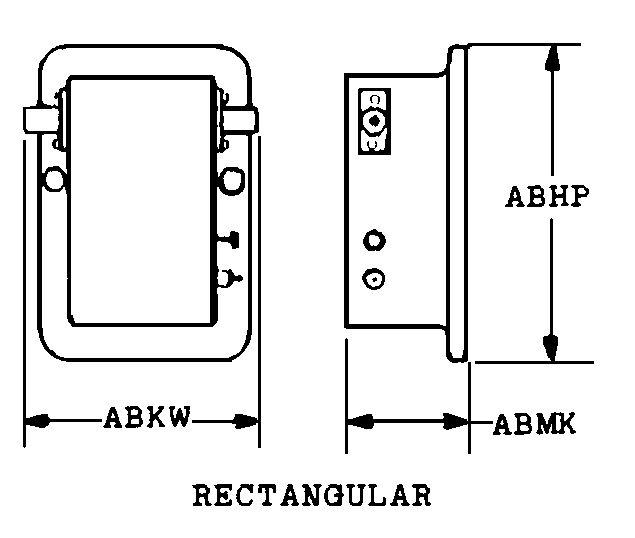
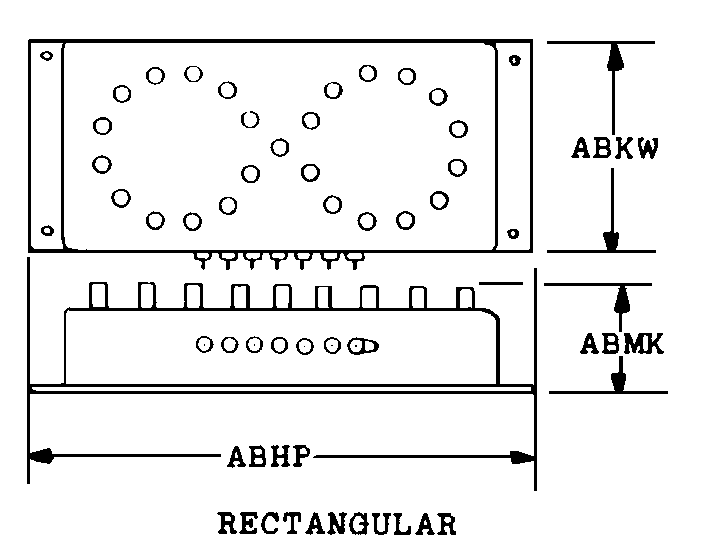
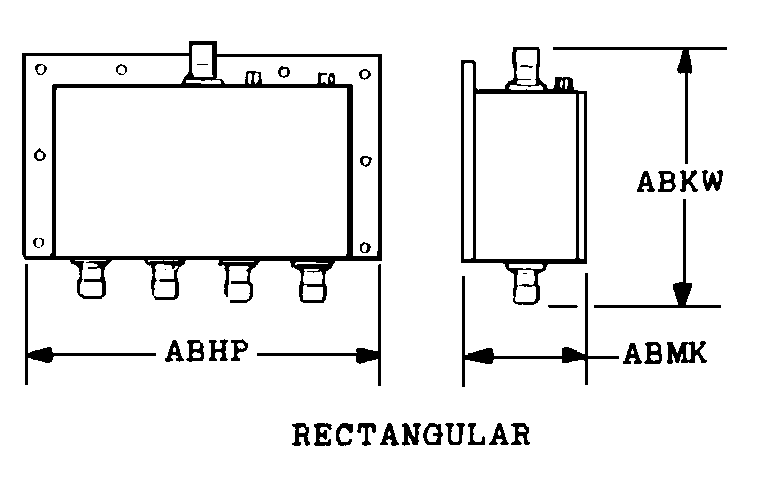
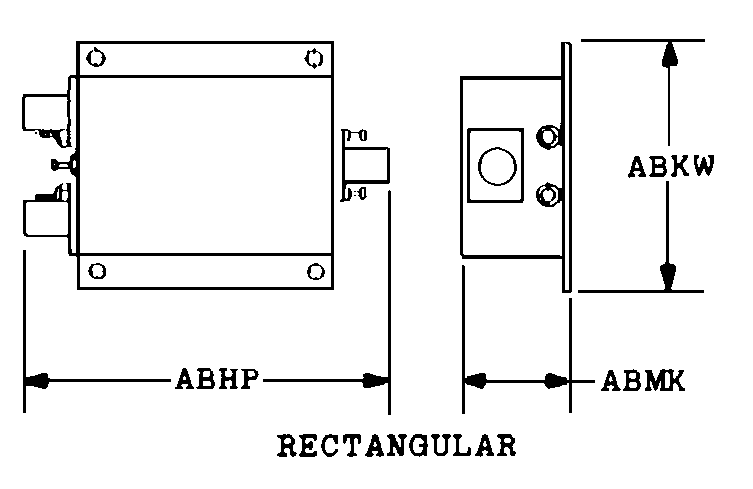
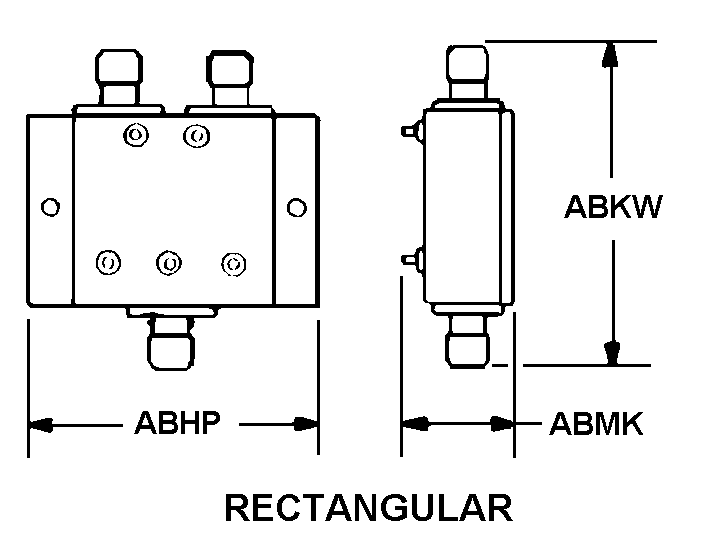
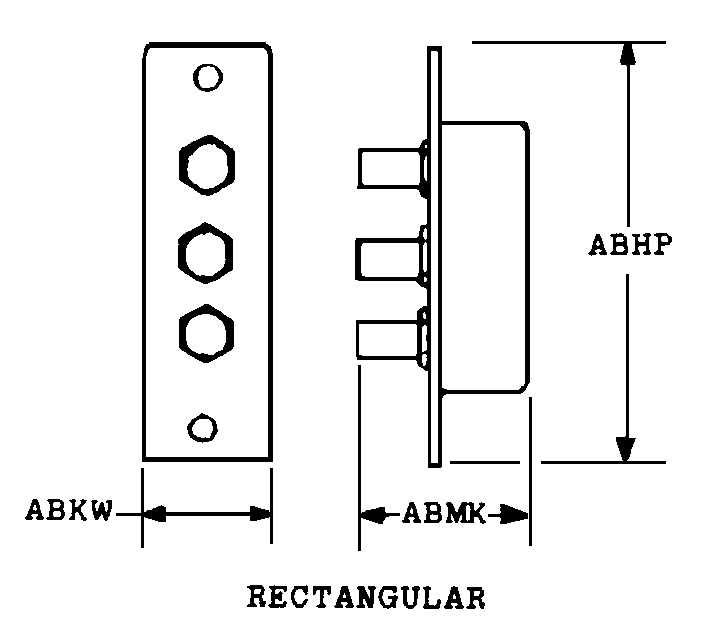
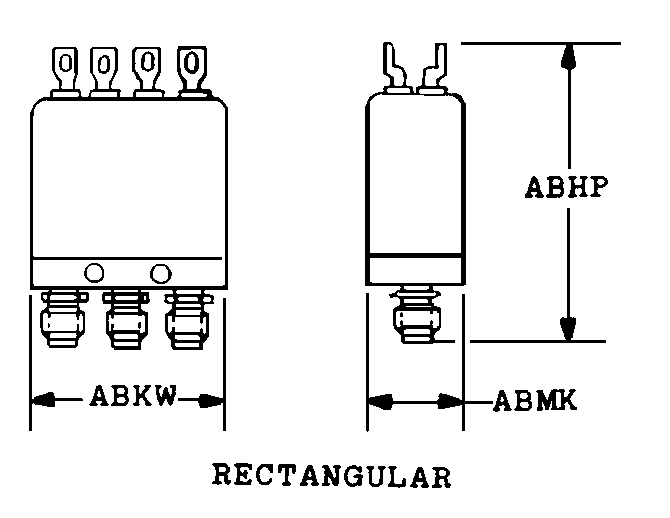

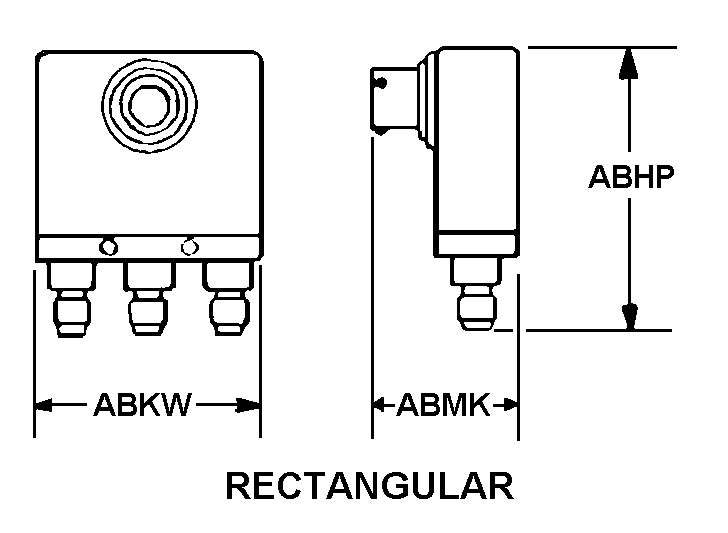
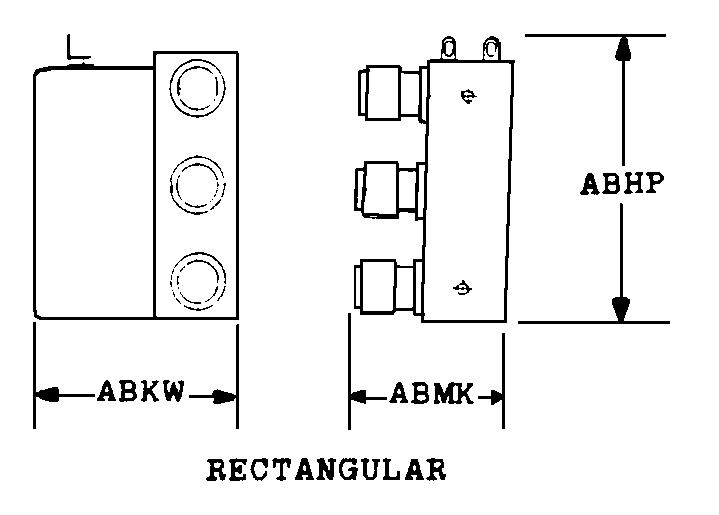

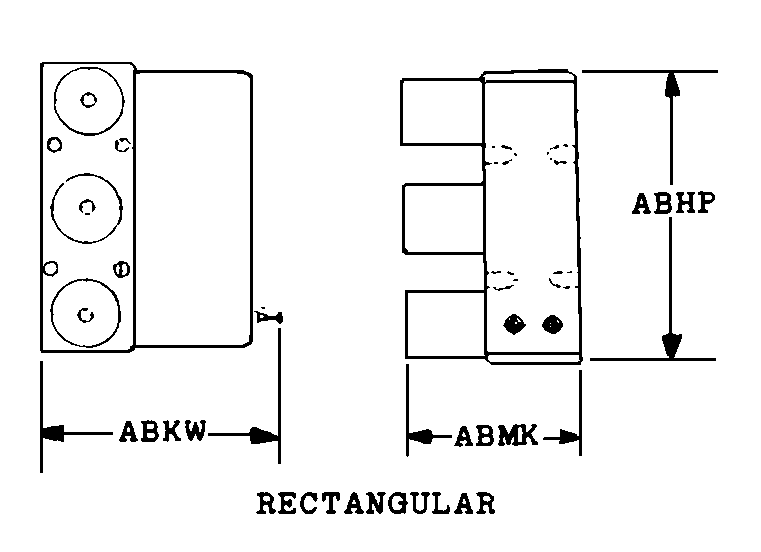
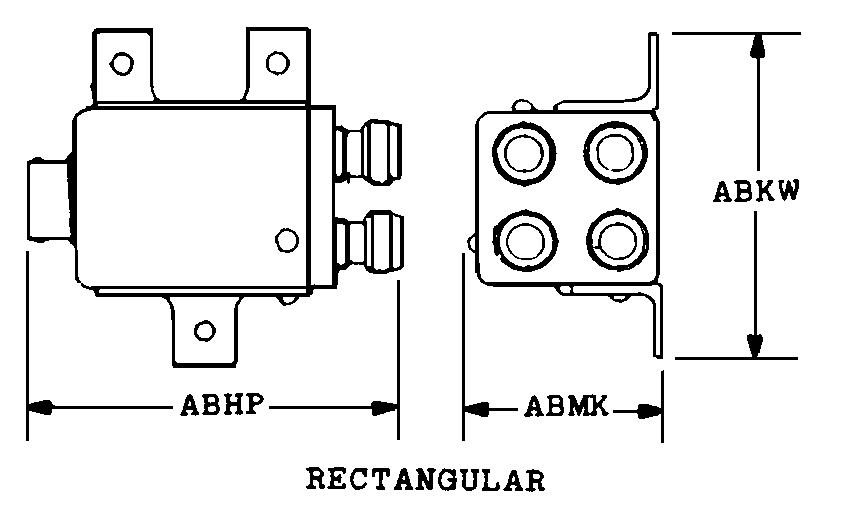
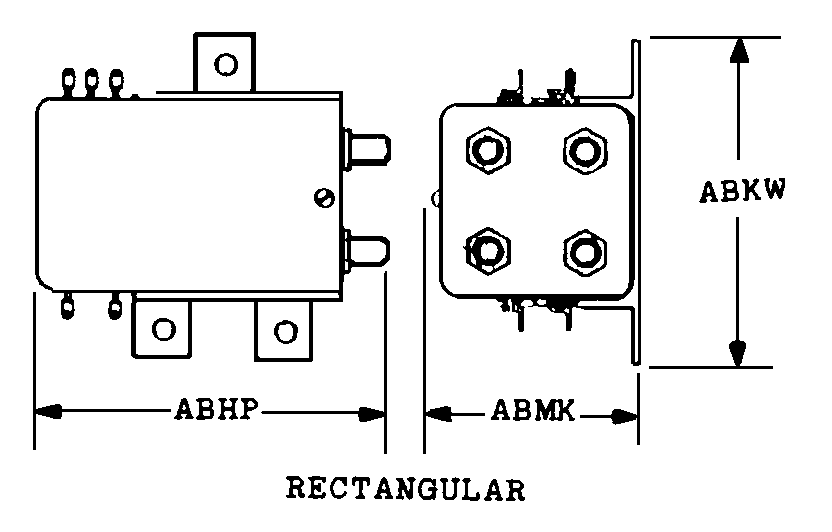
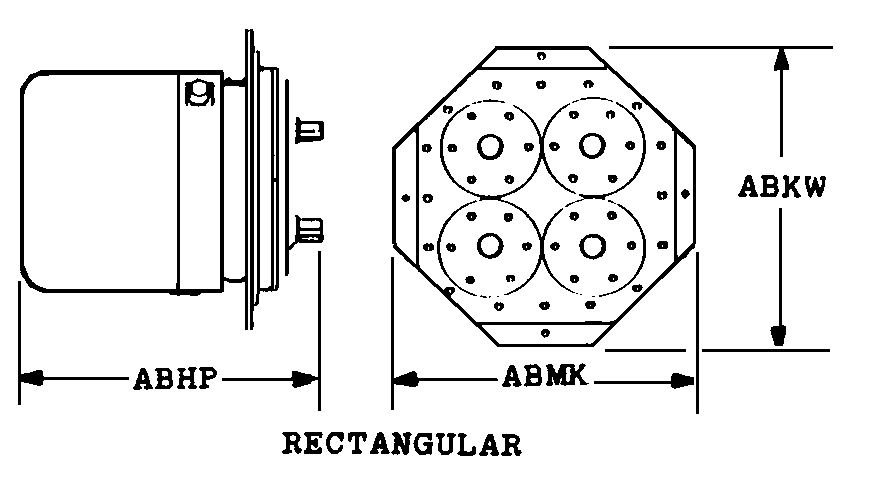
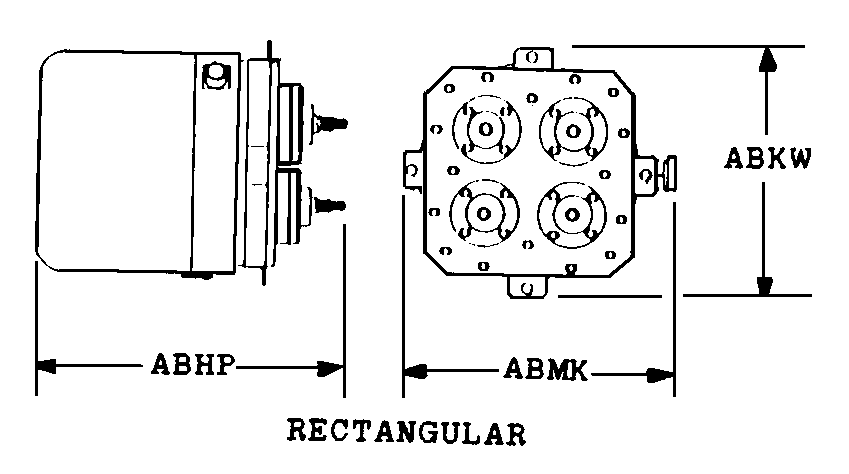
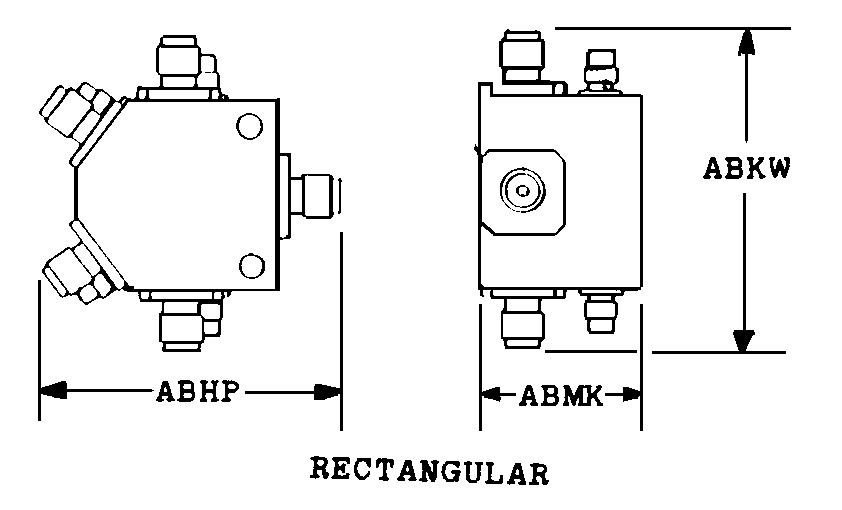

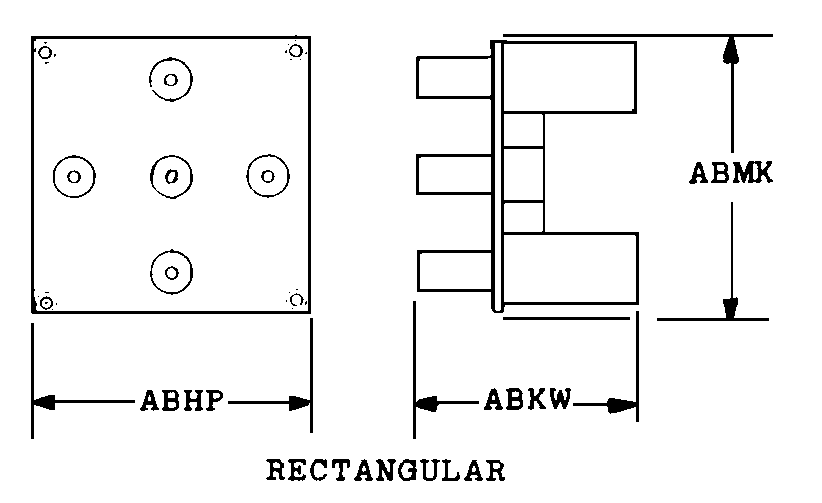
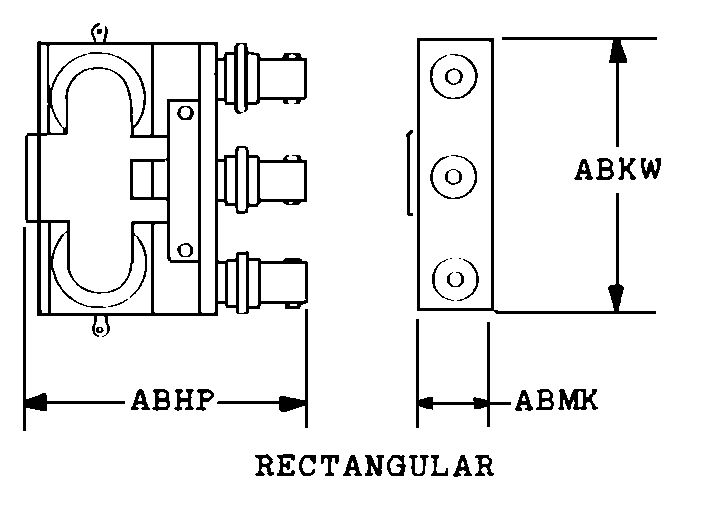
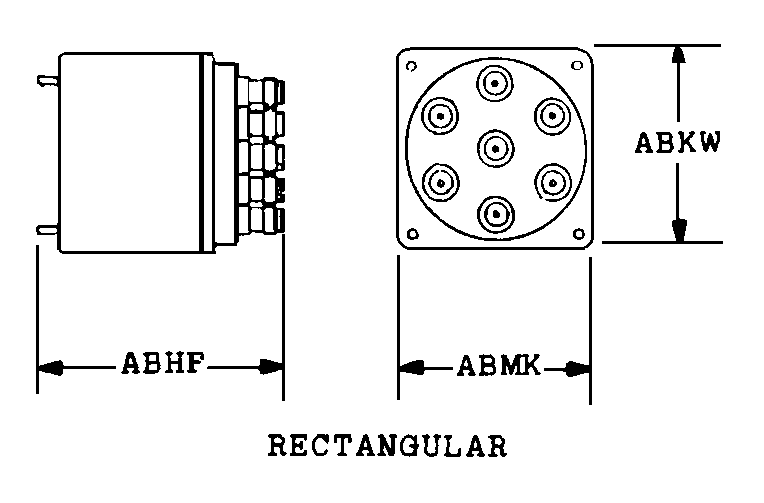
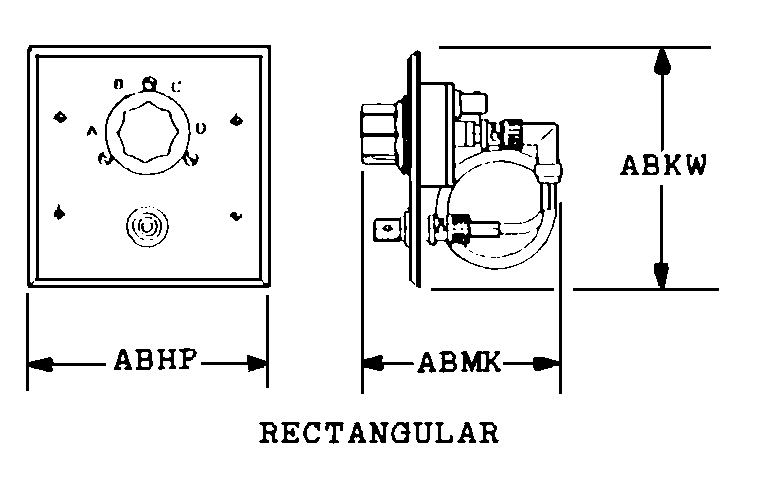
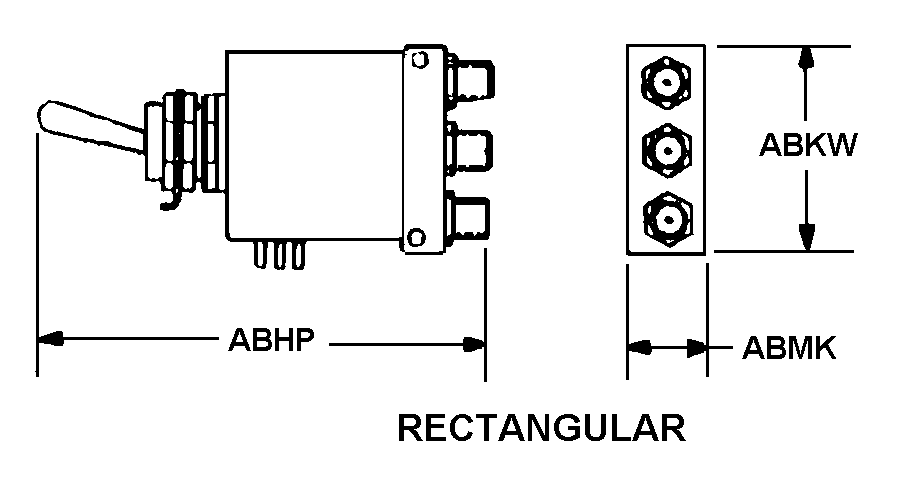
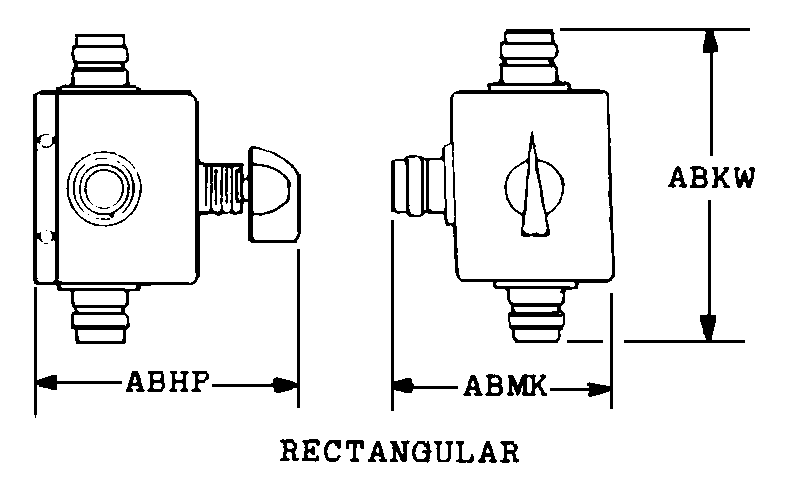

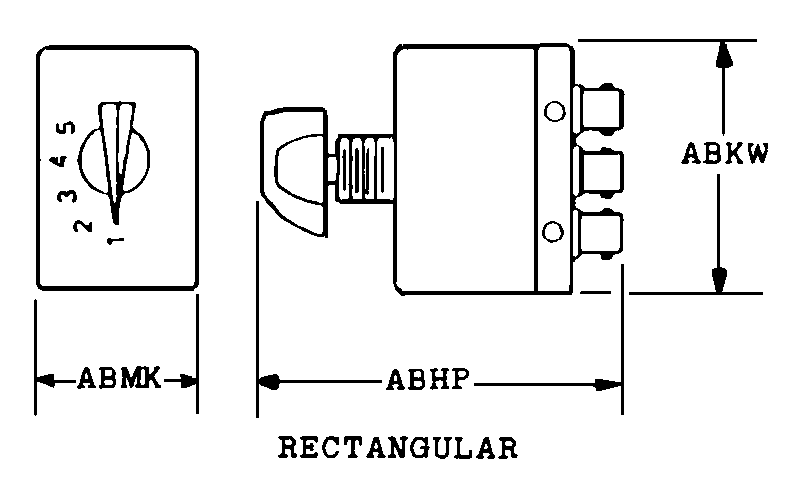
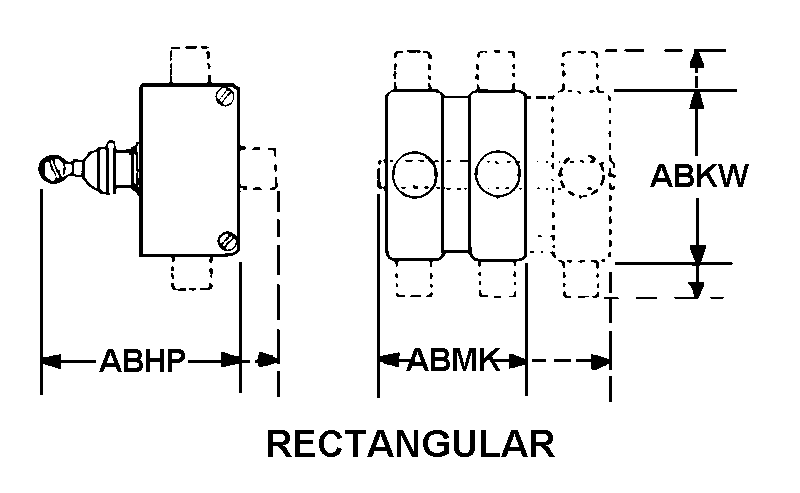
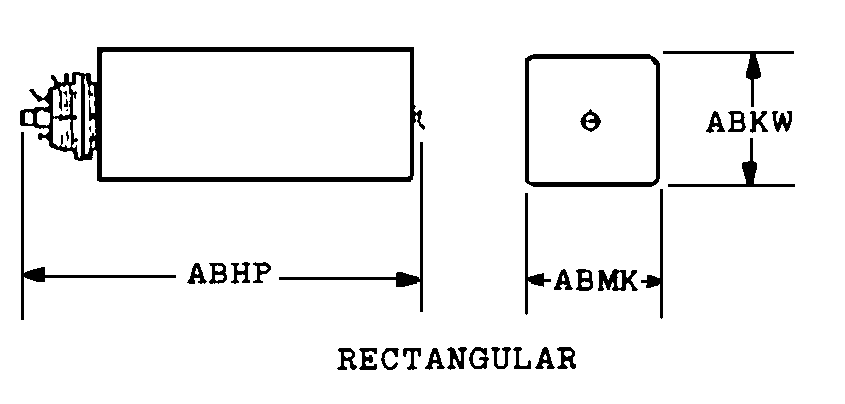
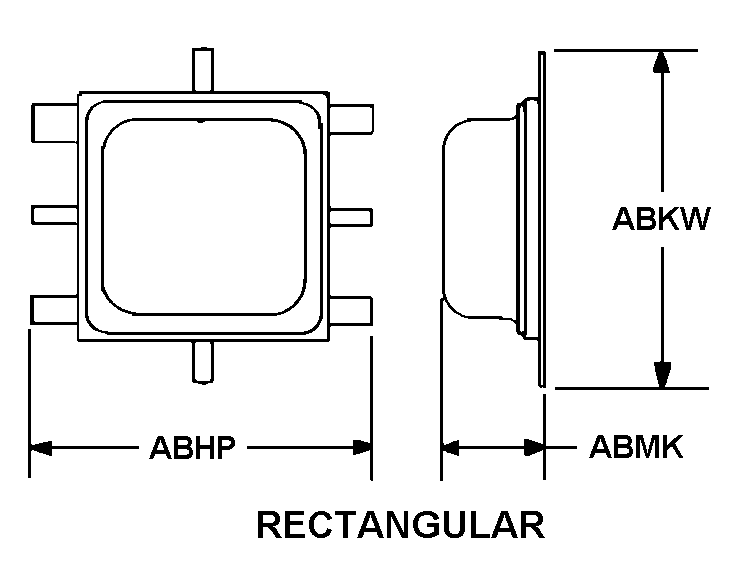
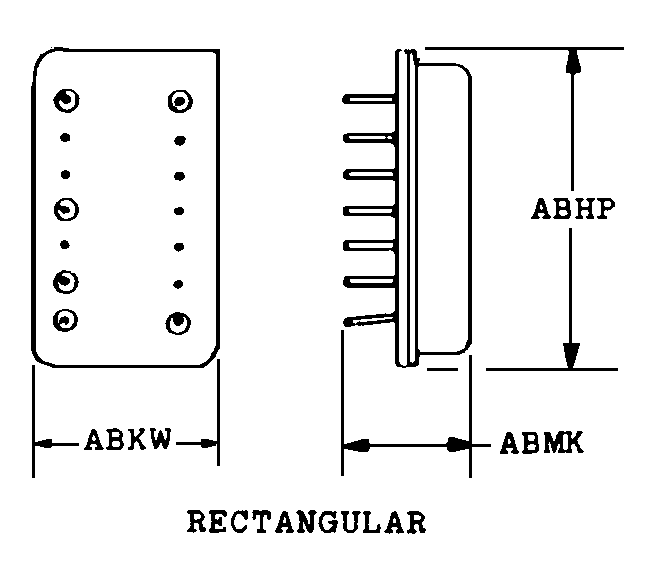
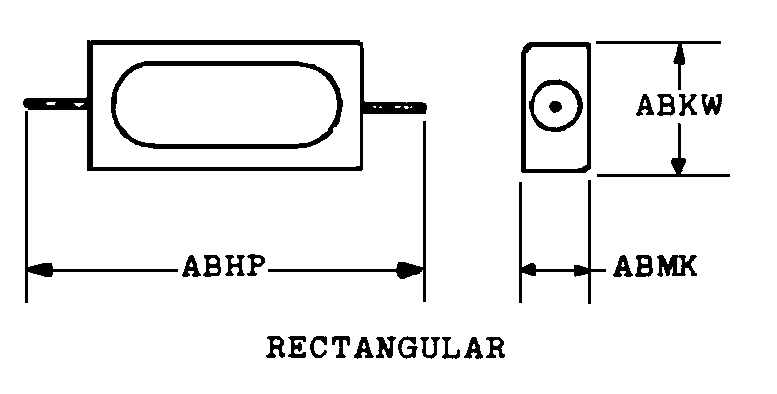
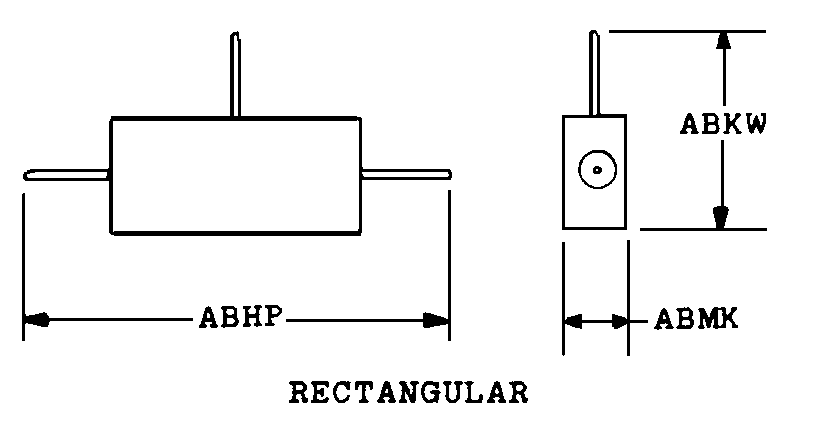

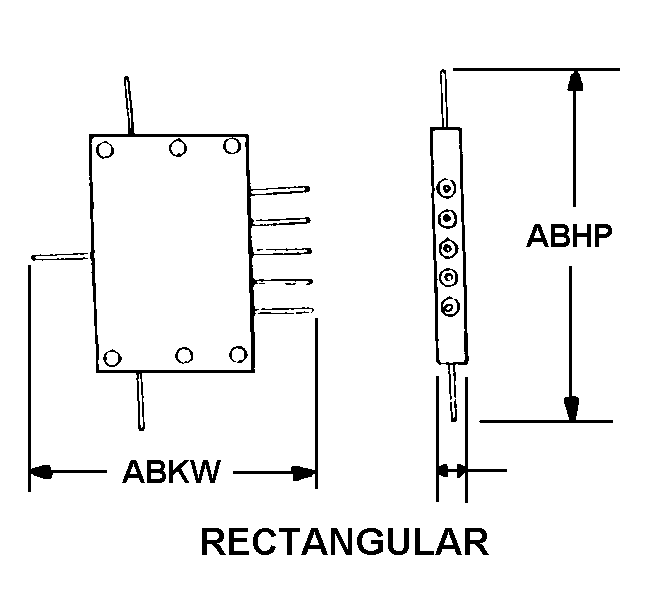
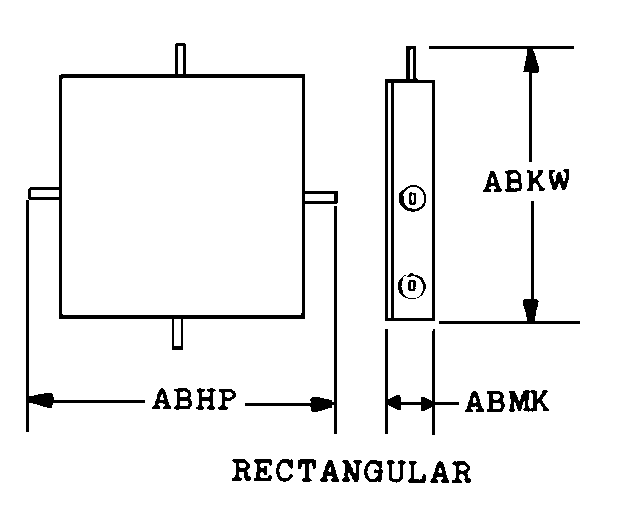
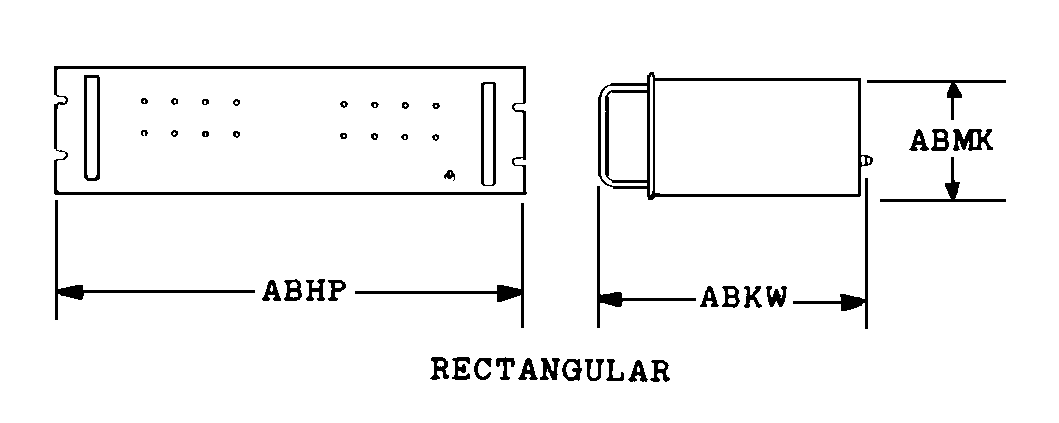
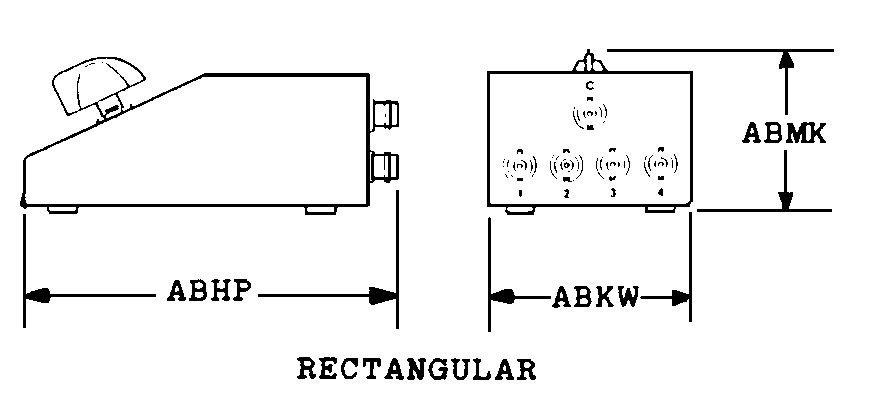
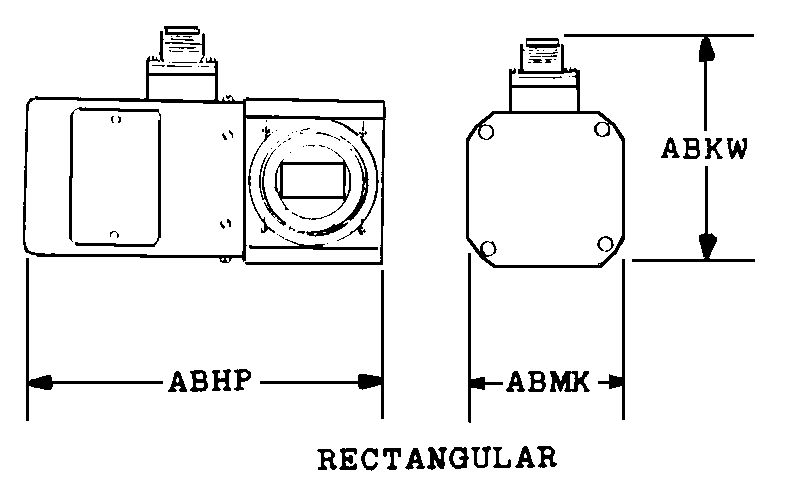
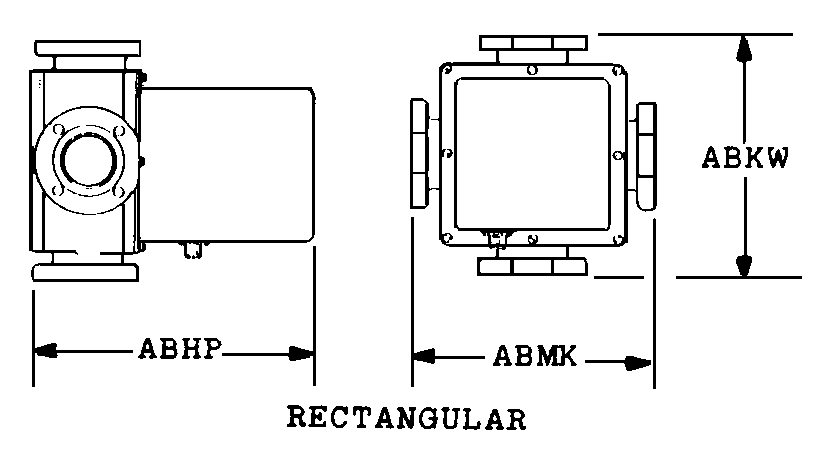
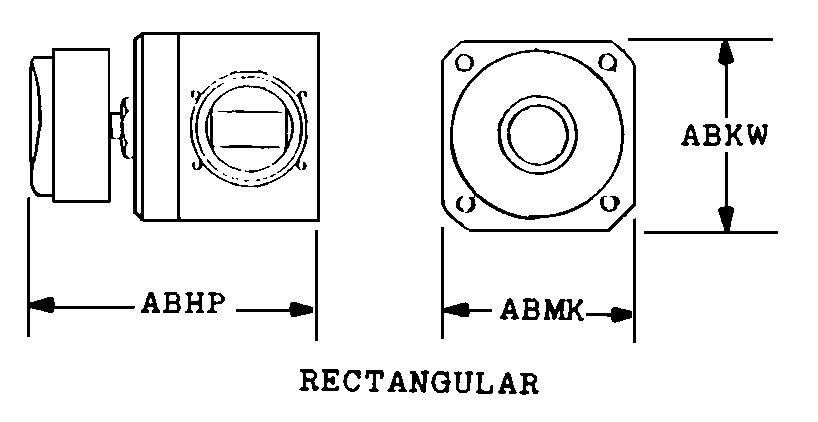
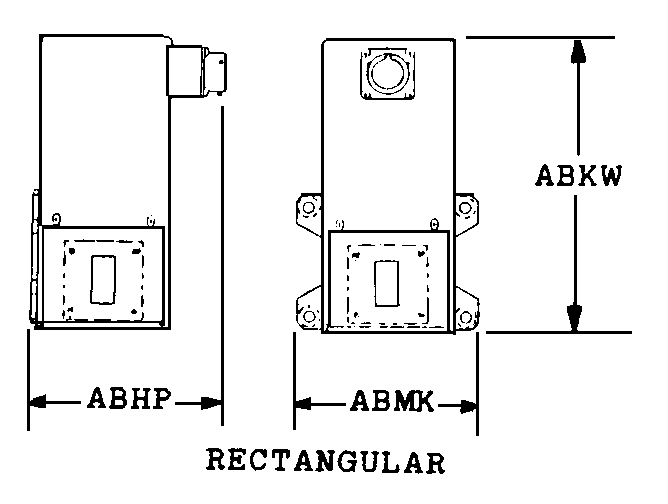
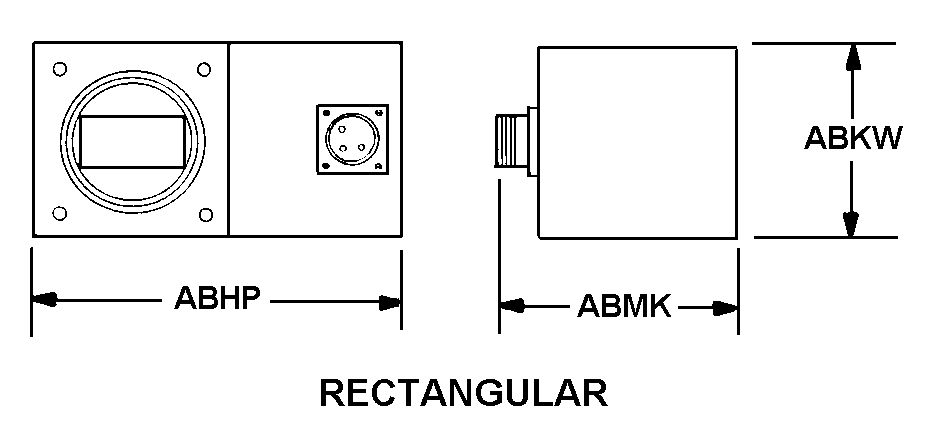
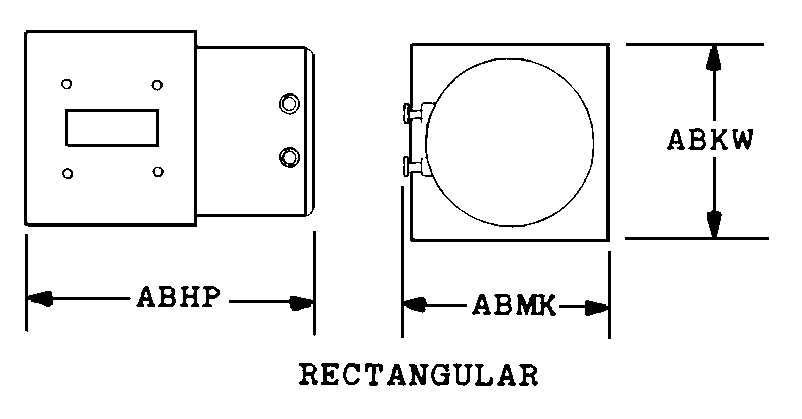
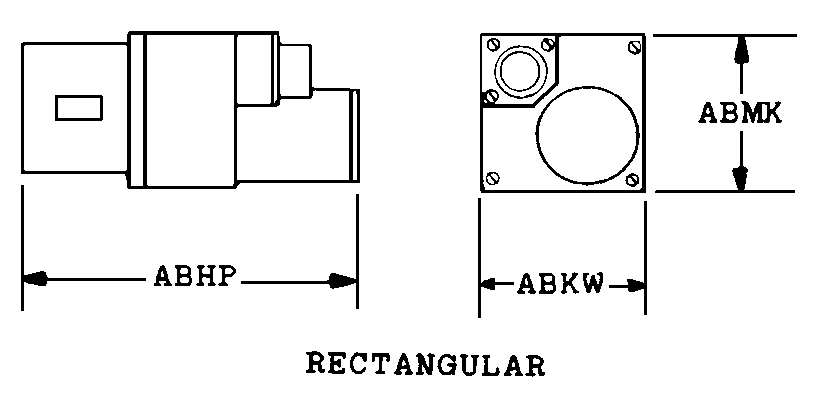
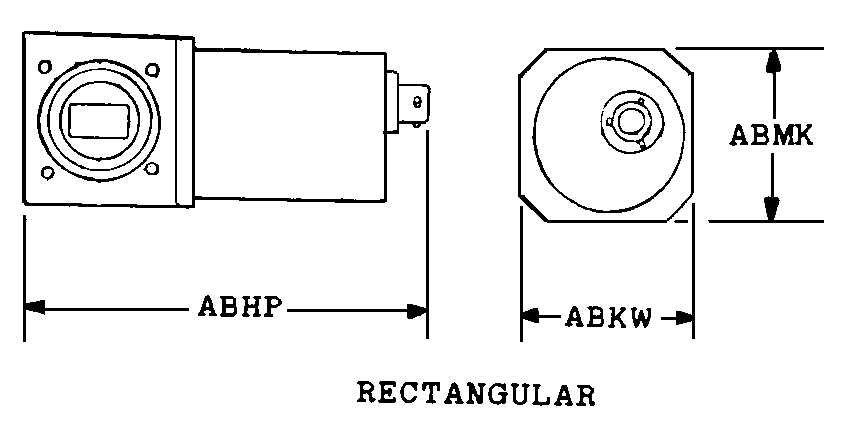
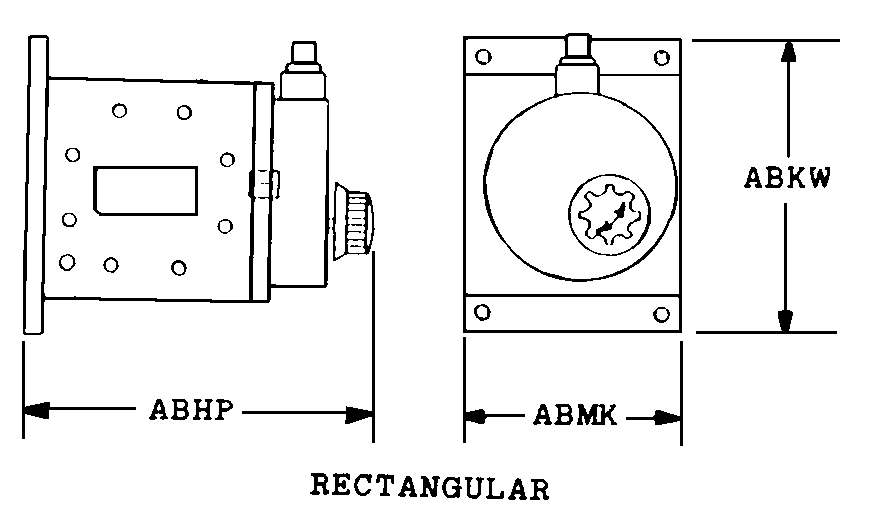
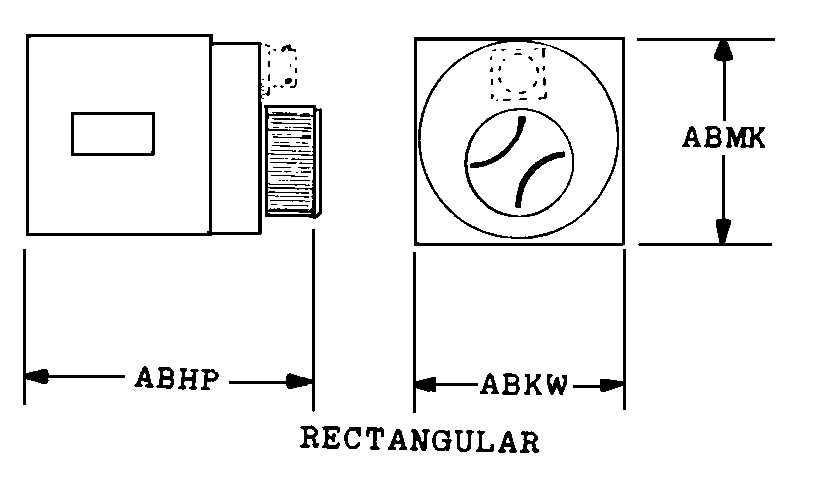
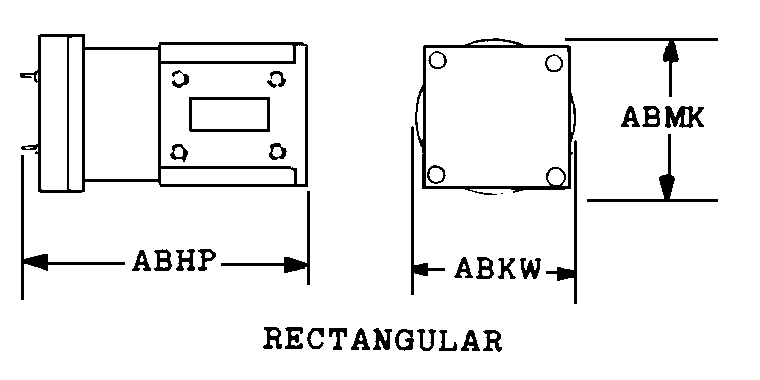
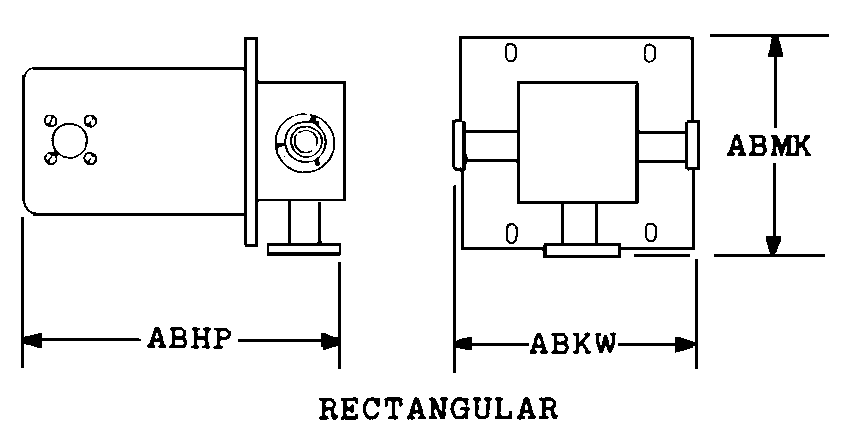
Definition Definition of approved item name (AIN): "SWITCH,RADIO FREQUENCY TRANSMISS"
An item specifically designed for mechanically or electronically positioning one or more radio frequency transmission line sections so as to couple it or them to other sections in a radio frequency transmission line system. The switching function may be operated by a manual actuator, an electromechanical actuator or by means of an arrangement of semiconductors and passive circuit devices. Excludes relay, (as modified).
Packaging & Dimensions Packaging instructions, special markings, and approx. weight/dims
Packaging Codes
OPI: Optional Procedure Indicator Code. A one position alpha code that indicates the allowable deviations from the prescribed requirements.
SPI No.: Special packaging instructions number.
LVL A/B/C: Indicates the type of shipping container required for level A, B, or C maximum packing protection.
SPC Mkg: A two position code that identifies the special markings applied to the container, which is part of the total pack to protect the contained item during preservation, packing, storage, transit and removal from the pack.
5985-00-062-7013 Material Hazmat, Precious Metals, Criticality, Enviroment, and ESD
Indicates there is no information in the hmirs. The nsn is in a fsc in table ii of fed std 313 and a msds may be required by the user. The requirement for a msds is dependent on a hazard determination of the supplier or the intended end use of item.
Precious metal content is unknown
The item does not have a nuclear hardened feature or any other critical feature such as tolerance, fit restriction or application.
Identification Codes
HMIC: Hazardous Material Indicator Code. A one position code that identifies a hazardous item.
PMIC: Precious Metal Indicator Code. A one position code which identifies items that have precious metals as part of their content. precious metals are those metals generally considered to be uncommon, highly valuable, and relatively superior in certain properties such as resistance to corrosion and electrical conductivity.
ESD: Electrostatic Discharge. Indicates if an item is susceptible to electrostatic discharge or electromagnetic interference damage. electrostatic discharge damage occurs when an accumulation of static electricity generated by the relative motion or separation of materials is released to another item by direct contact. electromagnetic interference damage occurs when an item comes into proximity with an electrostatic or magnetic field.
ENAC: Enviromental Attribute Code. Identifies items with environmentally preferred characteristics.
CRITL: Criticality Indicator Code. Indicates an item is technically critical by tolerance, fit, application, nuclear hardness properties, or other characteristics.






